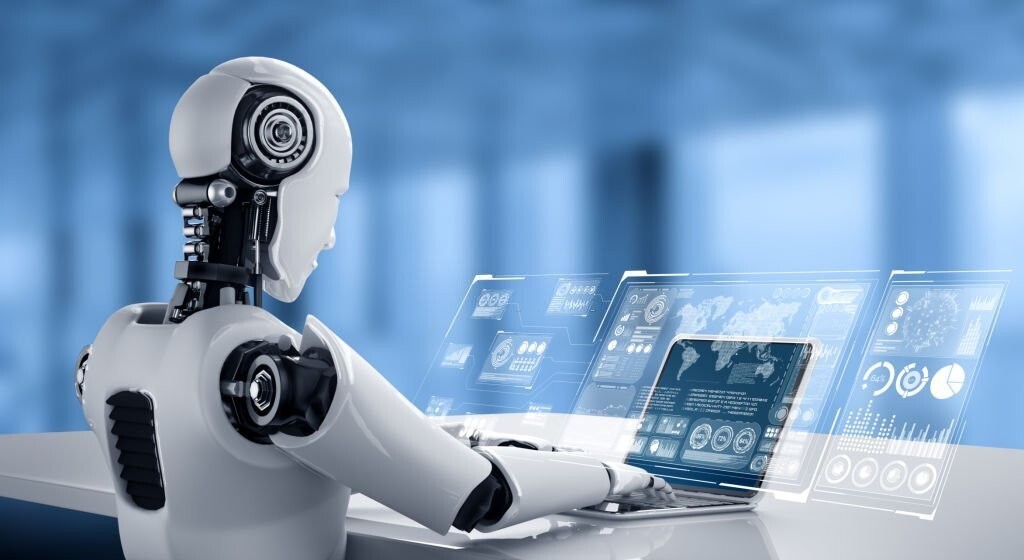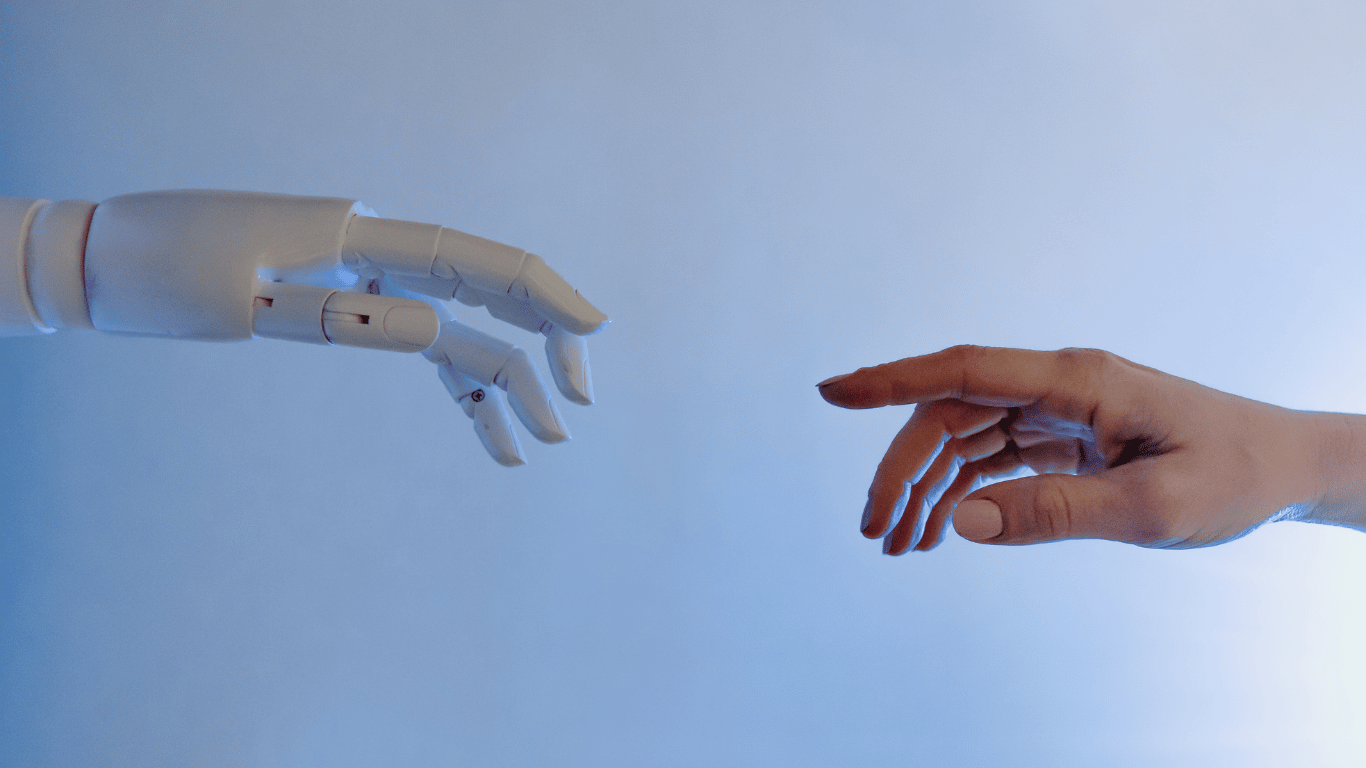The Evolution of Robotic Sensing and Perception: From Bumpers to Brains

Robots have come a long way since their industrial beginnings. Early robots relied on basic sensors and pre-programmed routines, limiting their ability to interact with the world in a dynamic way. Today, advancements in robotic sensing and perception are transforming robots into sophisticated machines capable of navigating complex environments, understanding their surroundings, and even making autonomous decisions. Let’s delve into this fascinating evolution.
From Simple Bumps to a Symphony of Sensors:
The first robotic sensors were rudimentary, focusing primarily on safety. Bumpers and limit switches prevented collisions, while basic sensors like photocells detected light changes to track movement. These early systems lacked the sophistication to create a comprehensive understanding of the environment.
The Rise of Vision and Beyond:
The introduction of vision systems marked a significant leap forward. Cameras allowed robots to “see” their surroundings, enabling them to identify objects, navigate obstacles, and interact with their environment more effectively. Advancements in sensor technology brought additional capabilities – LiDAR (Light Detection and Ranging) for precise 3D mapping, sonar for underwater navigation, and force sensors for delicate manipulation. These sensors work in concert, creating a richer sensory tapestry for robots.
The Power of Artificial Intelligence:
The true magic lies in how robots interpret sensory data. The integration of Artificial Intelligence (AI) has revolutionized robotic perception. Machine learning algorithms are trained on vast datasets of images, videos, and sensor readings. This allows robots to recognize patterns, classify objects, and even predict future events based on their sensory input. Deep learning techniques further enhance these capabilities, enabling robots to perform complex tasks like object grasping and autonomous navigation in dynamic environments.

The Journey Continues: Towards Embodied Intelligence
The evolution of robotic sensing and perception is far from over. Researchers are exploring new frontiers:
- Biomimetic Sensors: Drawing inspiration from nature, biomimetic sensors mimic the sensory capabilities of animals, like insect whiskers for object detection or bat echolocation for spatial awareness.
- Haptic Sensing: Granting robots a sense of touch will be crucial for tasks requiring fine manipulation or interaction with delicate objects.
- Sensor Fusion: Effectively combining data from various sensors allows for a more complete and nuanced understanding of the environment.
The Future of Robotics: A Symphony of Senses and Intelligence
As robotic sensing and perception continue to evolve, we can expect robots to become increasingly intelligent and adaptable. The ability to perceive the world in a nuanced way, coupled with advanced AI, opens doors to exciting possibilities:
- Enhanced Human-Robot Collaboration: Robots with superior perception capabilities can work safely and seamlessly alongside humans in various settings.
- Autonomous Systems for Challenging Environments: Robots equipped with advanced perception skills can perform tasks in hazardous or remote locations, minimizing human risk.
- Revolutionizing Industries: From precision manufacturing to delicate medical procedures, robots with advanced perception will transform numerous industries.
The evolution of robotic sensing and perception is not just about technological advancements; it’s about blurring the lines between machines and intelligent beings. By fostering a symphony of senses and intelligence, we are paving the way for a future where robots are not just tools, but capable partners in our endeavors.

